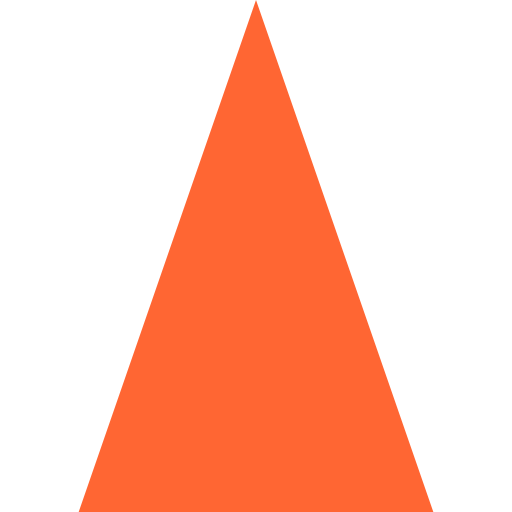

Laboratory of Cyber Physical Systems
Skolkovo
Institute of Science
and Technology
Institute of Science
and Technology
The Laboratory of Cyber-Physical Systems explores the development and application of a set of tools and the methodology of Product Life Cycle Management of complex technical products, industrial processes for implementation at all stages of their life cycles. Methods of mathematical modeling and optimization are at the core of our tool-kit. The arsenal of Big Data, Machine Learning, agent-based modeling, IoT, 3d scanning methods are parts of the laboratory’s portfolio of tools for research and industrial projects.

Prescriptive analytics of dynamic hardware - the development of hardware diagnostic models for analysis and prediction of its technical condition

Digital twins of production systems - the design of integrated digital models that behave in the same manner as the real facilities, including their equipment and personal behaviors

Lightweight materials and structures - the development and production of new technologies and materials for aerospace and construction industries

Optimization of technological processes in industrial production- the design of the technological processes’ digital twins by means of hybrid modeling to optimize production and improve product quality

Technical systems design by means of dynamic functional modeling - development of digital twins for real-time simulation in order to reduce cost, time and risks of design and testing of complex technical systems
Our team
Our Research and Development Projects, Grants
”Digital twin” methodology development, hybrid modeling and model verification using advanced digital techniques. Concentration on the Systems-Driven Product Development methodology and tools.
Our education
Вернуться к вариантам пространств
Our facilities
Available experimental and computational
capabilities and equipment
capabilities and equipment
Вернуться к вариантам пространств
Our partners
Our startups
Вернуться к вариантам пространств
Publications
Synergy of engineering science and digital technologies aimed at the development of a simulation-driven digital twins
Hybrid Data-Driven and Physics-Based Modeling for Gas Turbine Prescriptive Analytics.
S. Belov, S. Nikolaev, I. Uzhinsky. Int. J. Turbomach. Propuls. Power
DOI:10.3390/ijtpp5040029
DOI:10.3390/ijtpp5040029
Residual Life Prediction of Gas-Engine Turbine Blades Based on Damage Surrogate-Assisted Modeling.
B. Vasilyev, S. Nikolaev, M. Raevskiy, S. Belov, I. Uzhinsky. Appl. Sci.
DOI:10.3390/app10238541
DOI:10.3390/app10238541
Optimal milling modes identification of a jet-engine blade using time-domain technique.
Nikolaev, S., Kiselev, I., Kuts, V. Int J Adv Manuf Technol
DOI:10.1007/s00170-020-05129-9
DOI:10.1007/s00170-020-05129-9
Numerical simulation of sintering for 3D-printed ceramics via SOVS model.
Safonov, A., Chugunov, S., Tikhonov, A., Gusev, M., & Akhatov, I. Ceramics International.
DOI:10.1016/j.ceramint.2019.06.144
DOI:10.1016/j.ceramint.2019.06.144
Analysis of displacement fields of particle shaping surface during nanoscale ductile mode cutting of brittle materials.
Gouskov, A., Nikolaev, S., Kuts, V. et al. International Journal of Advanced Manufacturing Technology
DOI:10.1007/s00170-017-1233-x
DOI:10.1007/s00170-017-1233-x
Optimal milling modes identification of a jet-engine blade using time-domain technique.
Nikolaev, S., Kiselev, I., Kuts, V. Int. Journal Advanced Manufacturing Technologies
DOI:10.1007/s00170-020-05129-9
DOI:10.1007/s00170-020-05129-9
Contact
e-mail: cps@skoltech.ru
phone: +7 (495) 280-1481_ext.3213
address: 30с1 Bolshoi boulevard, Skolkovo, 121205, Russian Federation
phone: +7 (495) 280-1481_ext.3213
address: 30с1 Bolshoi boulevard, Skolkovo, 121205, Russian Federation














